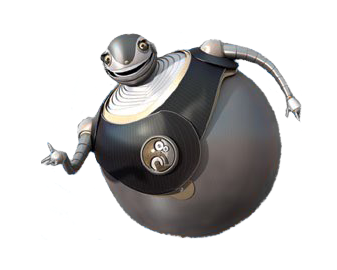

They begin to produce extracellular polymeric substances (EPS) and to colonize the surface. At first reversible adhesion occurs and finally the irreversible adhesion of bacteria to the surface takes place. Free-floating, or planktonic, bacteria encounter a submerged surface and soon become attached. Attachment: the first stage of the biofilm formation process is the adhesion to the surface.Biofilms can form on just about any imaginable surface, like metals, plastics, natural materials (such as rocks), medical implants, kitchen counters, contact lenses, human and animal tissues. Biofilms grow virtually everywhere, in almost any environment where there is a combination of moisture, nutrients, and a surface. How do biofilms form? Ī biofilm forms when microorganisms adhere to the surface of some object in a moist environment and begin to reproduce.

For example, over 500 bacterial species have been identified in typical dental plaque biofilms. A biofilm is composed of living, reproducing microorganisms, such as bacteria, which exist as a colony, or community.Ī biofilm community can be formed by a single kind of microorganism, but in nature biofilms almost always consist of mixtures of many species of bacteria, as well as fungi, algae, yeasts, along with non-living debris and corrosion products. Under such growth conditions exopolysaccharide production is often increased, which could form a exopolymer slime layer and protect the bacteria against a variety of antimicrobial agents as well as against host attack. The ability of biofilm formation does not appear to be restricted to any specific group of microorganisms and it is now considered that all microorganisms are capable of forming biofilms in appropriate environmental conditions What are biofilms? īiofilms are defined as sessile communities characterized by cells that are irreversibly attached to a surface or to each other, embedded in a matrix of extracellular polymeric substances (EPS), and that exhibit differential phenotypic characteristics with respect to their planktonic counterparts. If someone has ever walked in a stream or river, they may have slipped on rocks that were slimy with biofilm. For example, the plaque that forms on the teeth and causes tooth decay is one type of bacterial biofilm the mucous material that covers a vase in which we have deposited flowers and the gunk that clogs the household drains are also biofilms. We can encounter biofilms everywhere, and their presence has a huge impact on various aspects of our lives. Microbial biofilms are widely present in nature where this kind of growth is the usual form of bacterial growth. The study of biofilms represents a new way of understanding the microbiology of virtually everything around us, from problems which affect industries to serious public health issues. In Reader Rabbit Learn to Read With Phonics: 1st & 2nd Grade, Reader Rabbit, Sam the Lion, Paige and Chester find the pages of Sampa's journal describing the good old times he had on the island with his grandson Sam and how the monkeys' dumping habits had forced the lions to leave.Introduction to biofilms
The gunk wiki free#
Sampa went on a exploration trip to find a suitable island for the lions to roam free and eventually found the island he named Mane.

Soon the monkeys had accumulated so much junk and garbage, that the lions felt the need to emigrate. The lions tried to clean up, but the monkeys kept on dumping. After a single monkey discarded a hat, other monkeys mistook it for a junk pile and began to dump things. Around the time Sam was a cub, flowers grew on the island even in winter and pies were the lions' speciality. It is revealed to be Sam the Lion's birthplace. Gunk is an island and the original homeland of Sampa, all other lions and their monkey neighbors.


 0 kommentar(er)
0 kommentar(er)
